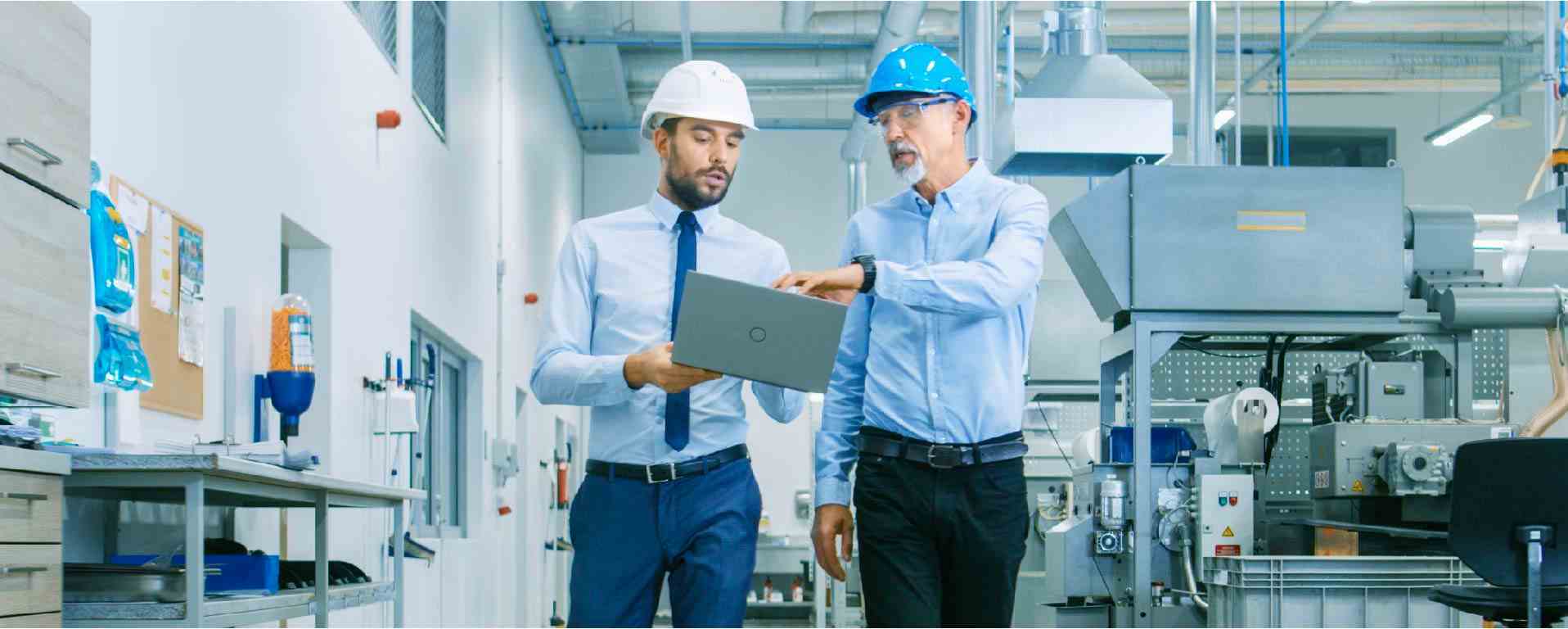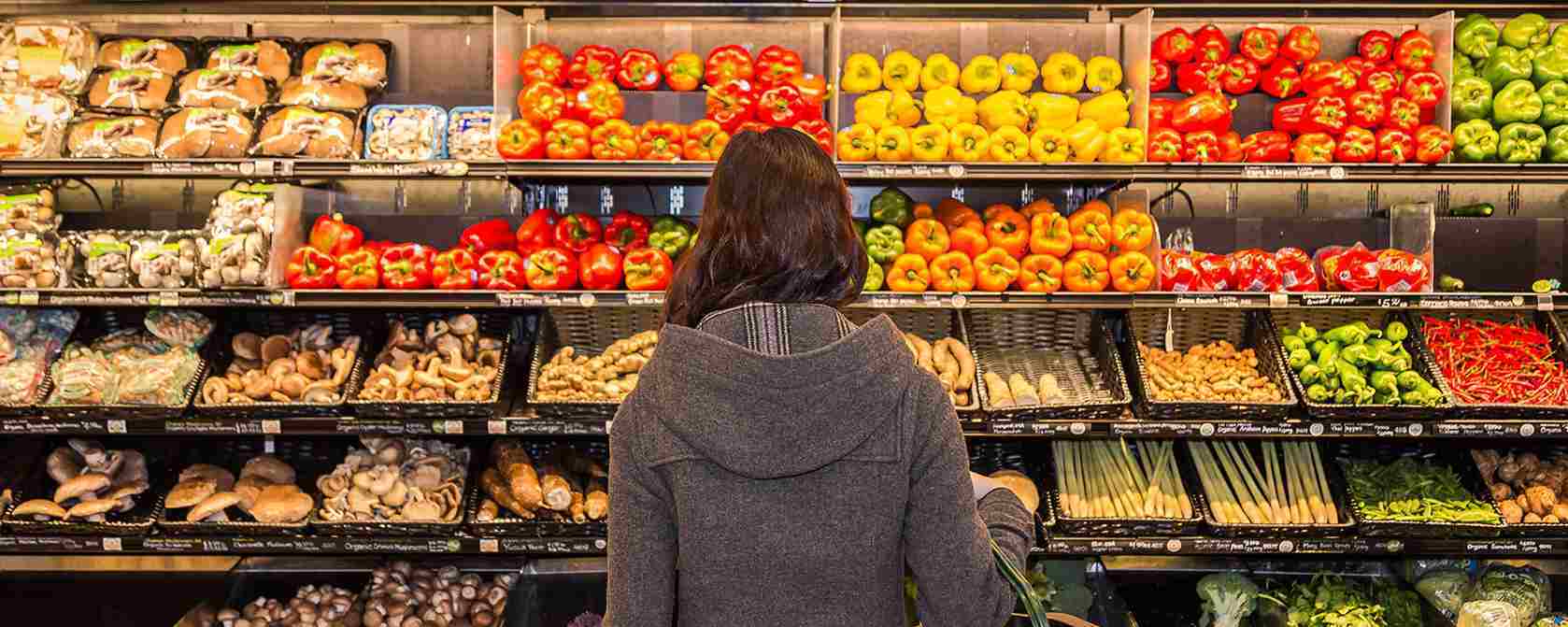
3 CMMS Features that Improve Government Maintenance
Maintenance management in the public sector is all about ensuring uptime and maintaining effective resource management. A CMMS can help.
Solutions
Solutions
Workplace Management Solutions
Real Estate Management Solutions
Maintenance Management Solutions
Energy Management Solutions
Engineering Document Management Solutions
Asset Management Solutions
Automate campus scheduling for classes, meetings, and exams with our EMS software.
Plan and manage conferences effortlessly with EMS software to impress guests and streamline operations.
Boost workplace flexibility and maximize space use with seamless desk and room booking.
Organize workplace or campus events smoothly, creating memorable experiences.
Optimize workspace, manage allocations efficiently, and reduce costs with our space management solutions.
Deliver projects on time and within budget by improving communication, collaboration, and efficiency with our software.
Streamline lease accounting for ASC 842, IFRS, and GASB compliance.
Manage leases efficiently by tracking key dates, analyzing costs, and ensuring compliance.
Centralize data and analytics for better insights, faster negotiations, and revenue growth.
Centralize facility and asset maintenance, automate work orders, and ensure compliance with our CMMS software.
Extend asset life, reduce downtime, and prevent costly repairs with data-driven monitoring.
Prevent equipment failures and extend asset life by detecting and addressing issues early.
Make sustainable, cost-efficient energy decisions by monitoring and optimizing power consumption.
Remotely monitor and control equipment with real-time data to predict issues, boost efficiency, and reduce downtime.
Easily share and collaborate on documents, creating a single source of truth for engineers and contractors.
Manage and analyze assets across their lifecycle to schedule maintenance, reduce downtime, and extend lifespan.
Improve visibility, automate work orders, and ensure compliance for efficient facility and asset management.
Resources
Browse our full library of resources all in one place, including webinars, whitepapers, podcast episodes, and more.
Support
Looking for access to technical support, best practices, helpful videos, or training tools? You’ve come to the right place.
About Accruent
Get the latest information on Accruent, our solutions, events, and the company at large.

In food and beverage, high uptime is crucial to maintaining production and avoiding unexpected expenses. The right CMMS can help you maintain uptime no matter what.
When production lines with perishable products experience a company can lose thousands of dollars in one day.
The product may not be delivered in time, employees may have to stay overtime to fix the asset, and fixing the asset itself could be a huge unexpected expense.
On top of these sudden problems, the output of the production line is deeply affected.
As one brewing facility manager told us, his priority is: “Liquid in, liquid out.”
Machines that are not proactively maintained will cause severe disruptions in production due to downtime. Here’s why proactive maintenance is especially important to food and beverage industries, featuring insight from the craft beer industry.
When machines are proactively maintained, technicians are able to focus on reliability.
Facilities stuck in a reactive cycle often experience constant downtime. Being able to accurately schedule maintenance to prevent breakage relieves a lot of frustration and gives technicians an opportunity to improve their work. This is referred to as preventive maintenance.
The key to preventive maintenance is to set goals so that technicians ideally spend 80% of their time on preventive maintenance, and reserve 20% of the remaining time for reactive measures.
One brewing facility we spoke with, Saint Benjamin, described how it handles scheduled maintenance:
“Our maintenance is as scheduled as we can. Our brewer has a regime for cleaning all the fermenters so that assets can be used at the appropriate time. Our kegs are barcoded and we keep track of them through maintenance software features to make sure it’s part of the cleaning schedule.”
There will always be a degree of unplanned maintenance for technicians. To help streamline reactive maintenance Computerized Maintenance Management Software (CMMS) also provides mobile access.
Having access to maintenance information through a mobile device can save a tremendous amount of time.
The best technicians are fast on their feet moving throughout the facility. Offering them access to the information they need when they need it helps them do their jobs even better. No more running back to a desktop to enter asset information, or feeling lost when fixing an asset at its location. Technicians are able to update work-order tickets as soon as they can and stay on top of inventories by updating spares the moment they know a part must be ordered.
The bottom line: Reactive maintenance isn’t a long-term strategy, especially in an industry sensitive to waste. Preventive maintenance paired with mobility covers technicians’ bases to be prepared each day.
CMMS serves as a hub for collecting data. Machines that are able to monitor and transmit information directly into CMMS solutions allow technicians to view this vital data and watch for when an asset could be malfunctioning in real time. The data CMMS can track includes:
Another brewery we spoke with, Yards, monitors the wear damage on their bottle capping system:
“We measure the crimp on caps and look for changes and drifts from our spec, and if it shifts to be too tight or too loose then we re-evaluate that and run some tests. We track the wear and tear, the intensity in which the crown is put on the bottle to press the bottle, and some wear parts within that.”
Production lines that need more precision than what’s available with preventive maintenance can also consider predictive maintenance. This strategy takes the data collected from machine sensors, tracks it within the CMMS and allows technicians to plot when maintenance should be conducted.
A common problem with preventive maintenance is that when work is scheduled on a reoccurring basis, repairs are often conducted before it’s necessary. The labor for opening up a machine is often so costly that even if the machine does not require immediate repair upon inspection, it’s cheaper to make the repair while the labor is already available. With predictive maintenance where repairs are not dependent on a set schedule, technicians instead track data for telling when the repair is necessary and can wait to open the machine until then. This lets the machine run closer to a point of failure, and reduces the cost of spare parts when they’re only used when necessary.
The bottom line: CMMS not only handles scheduled maintenance, but it can also intelligently incorporate real-time feedback. For businesses tracking their products very carefully, like how Yards monitors the capping machine on its bottling line, CMMS can help accurately determine when it’s time to conduct maintenance.
Food and beverage businesses must track many standards both for the development of their products and the safety of their machinery. Compliance plays a large role behind the scenes and guides the company’s best practices.
CMMS is able to document many practices central to a facility’s operations and its compliance with state and federal regulations. Keeping these documents digital dramatically saves on paper and makes them available for employees to reference at any time. Storing a history of maintenance-related data can also help in the case of an audit. Some details CMMS solutions can track to boost compliance include:
The greatest benefit to how CMMS saves data is that it gives users the ability to run periodic reports to keep the business on track with results. When everyone can reference the same bottom-line information, the business can focus on setting goals.
The bottom line: CMMS can help companies track various standards, such as when a machine was last maintained or the overtime hours of a technician. This information can shed light on areas where a business can improve its profits and compliance.
Author Bio: Julia is an editor with Better Buys, a trusted source for maintenance software news and research. Follow her @JuliaScavicchio for more on how our workforce is changing.
Maintenance management in the public sector is all about ensuring uptime and maintaining effective resource management. A CMMS can help.
How comprehensive asset intelligence, effective preventive maintenance, and efficient labor scheduling can lead to success in the chemical industry.
Learn how LifeSouth Community Blood Centers used Maintenance Connection to save money and maintain compliance.
Subscribe to stay up to date with our latest news, resources and best practices